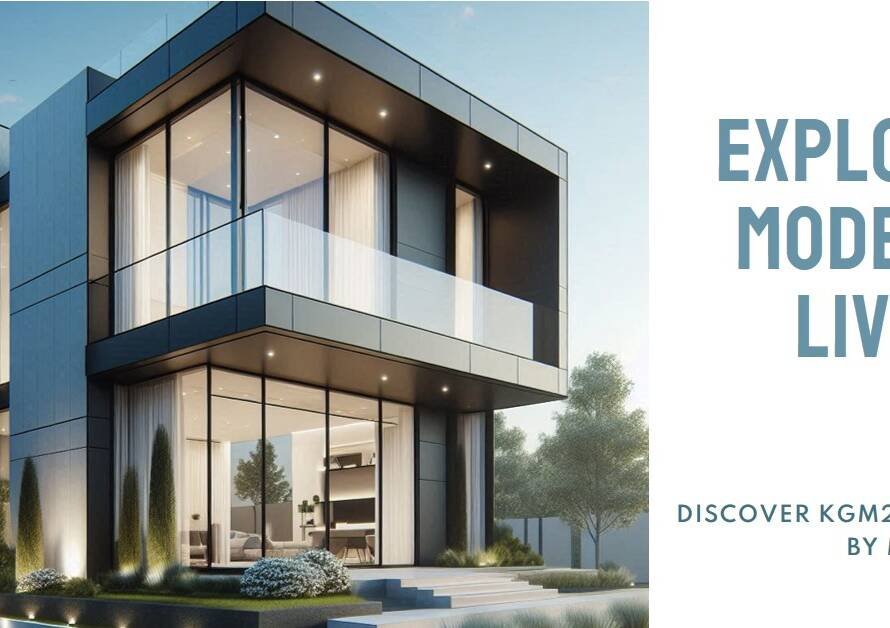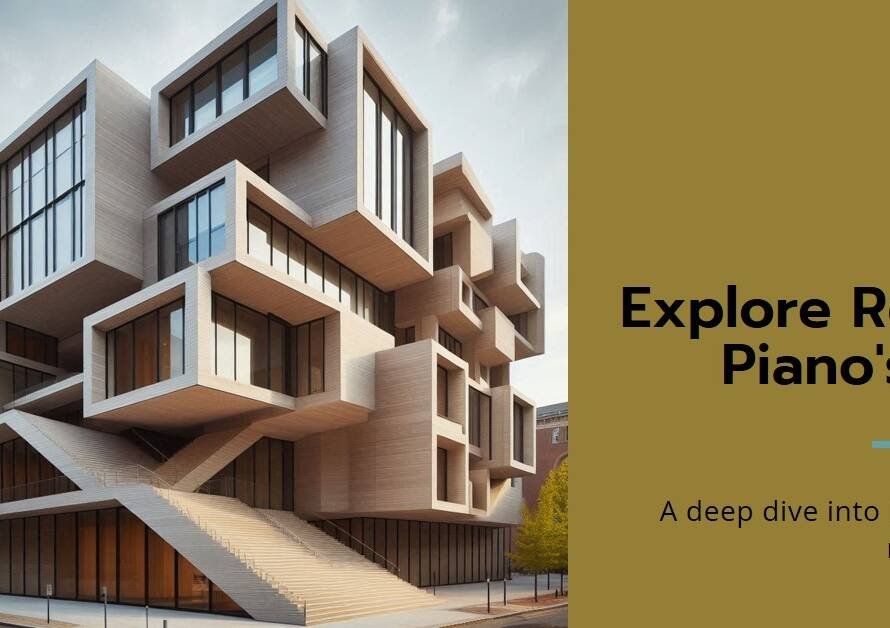
Table of Contents
Unveiling the Beauty: Navigating the World of Landscape Architecture
In the dynamic realm of landscape architecture, staying ahead of trends is paramount to creating innovative and timeless designs. As the world evolves, so do our preferences, environmental concerns, and technological advancements. In this blog post, we’ll delve into the intricacies of staying ahead of trends in landscape architecture, exploring the fusion of artistry, sustainability, and functionality. Let’s embark on a journey through the lush landscapes of creativity and design.
Understanding the Dynamics of Trends
Trends in landscape architecture are not static; they ebb and flow with societal, cultural, and environmental shifts. By comprehensively understanding the dynamics of trends, landscape architects can anticipate and adapt to emerging preferences and demands. Keeping a pulse on global movements, such as urbanization, climate change, and biodiversity conservation, enables professionals to proactively integrate relevant elements into their designs.
Active engagement with interdisciplinary fields, including urban planning, ecology, and technology, fosters a holistic approach to landscape architecture. By embracing cross-disciplinary collaboration, architects can harness diverse perspectives and expertise to push the boundaries of innovation. This proactive stance empowers professionals to anticipate future trends and position themselves at the forefront of the industry.
Embracing Sustainability: A Cornerstone of Modern Design
In an era defined by environmental consciousness, sustainability has emerged as a cornerstone of modern landscape architecture. Integrating sustainable practices not only mitigates ecological impact but also enhances the longevity and resilience of designs. From green infrastructure initiatives to native plant landscaping, sustainable principles infuse projects with a sense of stewardship for the natural environment.
Active engagement with sustainable design principles involves continuous learning and adaptation. Embracing innovative techniques, such as green roofs, rain gardens, and permeable pavements, allows architects to harmonize built environments with the surrounding ecosystem. By prioritizing ecological integrity, landscape architects can create spaces that not only endure but also contribute positively to their surroundings.


Harnessing Technology: From Concept to Creation
In the digital age, technology serves as a catalyst for innovation in landscape architecture, streamlining processes and expanding creative possibilities. From advanced mapping software to virtual reality simulations, technological advancements empower architects to visualize and refine designs with unprecedented precision. By harnessing cutting-edge tools and techniques, professionals can transcend traditional boundaries and explore new frontiers of creativity.
One of the most transformative technologies in landscape architecture is Building Information Modeling (BIM), which enables architects to create detailed 3D models of projects. By simulating various scenarios and analyzing data in real-time, BIM enhances decision-making processes and minimizes errors during implementation. Additionally, the integration of sustainable design software allows architects to evaluate environmental performance metrics and optimize resource efficiency.
Cultivating Creativity: Nurturing Inspiration
Creativity lies at the heart of landscape architecture, driving innovation and shaping the aesthetic appeal of outdoor spaces. Cultivating creativity involves nurturing inspiration from diverse sources, ranging from art and literature to nature and cultural heritage. By immersing themselves in the rich tapestry of human experience, architects can infuse projects with depth, meaning, and emotional resonance.
Traveling and exploration serve as potent sources of inspiration for landscape architects, exposing them to a myriad of landscapes, cultures, and design traditions. By experiencing different environments firsthand, professionals gain insights into the intrinsic qualities of place and the unique challenges and opportunities they present. Moreover, engaging with local communities fosters a deeper understanding of their aspirations and values, enriching the design process with authentic narratives and perspectives.
Adapting to Evolving Demands: Flexibility in Design
Flexibility is essential in navigating the ever-evolving landscape of design trends and client preferences. By embracing an adaptive mindset, landscape architects can respond proactively to shifting demands and emerging opportunities. This flexibility extends beyond aesthetic considerations to encompass functional, social, and environmental dimensions, ensuring that designs remain relevant and resilient in the face of change.
Embracing a participatory design approach enables architects to co-create solutions with clients and stakeholders, fostering a sense of ownership and collaboration. By soliciting feedback throughout the design process, professionals can iteratively refine their concepts and address evolving needs and priorities. Moreover, maintaining open lines of communication facilitates transparency and trust, laying the groundwork for successful project outcomes.
Fostering Collaboration: Synergy in Design
Collaboration lies at the heart of successful landscape architecture projects, bringing together diverse talents and perspectives to achieve shared goals. By fostering synergy among architects, engineers, planners, and other stakeholders, professionals can leverage collective expertise to tackle complex challenges and unlock innovative solutions. Cultivating a culture of collaboration involves promoting interdisciplinary exchange, mutual respect, and a shared commitment to excellence.
Effective communication is essential in facilitating collaboration and ensuring that all stakeholders are aligned with project objectives and expectations. By establishing clear channels for dialogue and feedback, architects can foster a culture of transparency and accountability. Moreover, embracing diversity and inclusion within project teams enriches the design process with a multiplicity of viewpoints and experiences, enriching the final outcome.
Embracing Diversity: Celebrating Cultural Heritage
Cultural heritage serves as a rich source of inspiration and identity in landscape architecture, reflecting the collective memory and aspirations of communities. By celebrating diversity and embracing cultural heritage, architects can create inclusive and meaningful spaces that resonate with people from all walks of life. Incorporating elements of cultural significance, such as art, symbolism, and traditional craftsmanship, adds depth and authenticity to designs.
Respectful engagement with local traditions and customs is essential in ensuring that designs are sensitive to the cultural context and values of the community. By collaborating with indigenous peoples and marginalized groups, architects can co-create spaces that honor their heritage and promote social equity and inclusion. Moreover, fostering intercultural dialogue fosters mutual understanding and appreciation, enriching the fabric of society.
Looking Ahead: Navigating Future Frontiers
As we navigate the complexities of an ever-changing world, landscape architecture stands at the nexus of innovation, sustainability, and creativity. By staying ahead of trends and embracing emerging technologies and practices, professionals can shape a more resilient, equitable, and beautiful built environment. Through collaboration, creativity, and a deep respect for the natural and cultural heritage, landscape architects can continue to inspire and enrich the lives of people around the globe.



